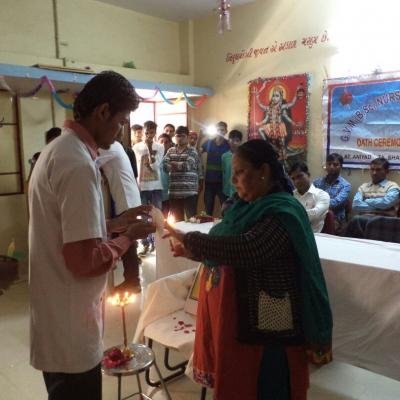According to the American Nurses Association (ANA), the scope of practice statement and standards of practice for the nursing profession describe “what nursing is, what nurses do, and those responsibilities for which nurses are accountable.”1 Similarly, the more detailed specialty nursing scope statement and standards of practice can deeply influence nursing practice in each specialty. Specialty scope and standards of practice describe the knowledge, skills, and abilities that hospitals and other health care agencies can expect from the nurses they hire. They influence the development of continuing-education programs, are directly tied to the contents of specialty certification examinations, and guide the development of curricula that nurses are taught in specialty master’s programs. Agencies that employ nurses rely on the scope and standards of practice when creating job descriptions and establishing baseline competencies.
Although older adults make up the majority of patients in many nursing specialties, until recently, the scope and standards documents for specialty nursing practice rarely addressed issues related to older adults, and, in fact, many simply did not mention the age of the patient as influencing practice. In September 2005, the ANA included formal language addressing care of older adults in its document Recognition of a Nursing Specialty, Approval of a Specialty Nursing Scope of Practice Statement and Acknowledgement of Specialty Nursing Standards of Practice, which was approved by the ANA Congress on Nursing Practice and Economics. All new or revised specialty nursing scopes and standards of practice that are submitted to the 2-step review process through the ANA Congress on Nursing Practice and Economics would address care issues related to older adults and, where applicable, identify “…that older adults represent either the primary or predominant population served, or a unique population served by the specialty.”1
This ANA resource includes examples of how specialty associations might infuse their scope and standards documents with language reflecting quality care of older adults. Defining the need to include gerontology-specific content in these scope and standards documents was a pivotal step for the ANA, which reviews many of these documents and whose goal is to “develop and disseminate the cornerstone work of ANA, such as standards… to the public and the profession” (www.nursingworld.org). ANA’s focus on gerontology in the scope and standards process conveyed that it was important for specialty associations to commit themselves to the elderly, because nearly all nurses care for older patients.
Many of the 55 specialty associations participating in the Nurse Competence in Aging (NCA) project (see article Ensuring Competence of Specialty Nurses in Care of Older Adults on pages 9-14 for a full description of NCA) were receptive to the new ANA recommendation. For those that had built up strong momentum toward improving knowledge of older-adult care through their work in the NCA project, a revision of their scope and standards document was an important next step.







